CPU
Latest
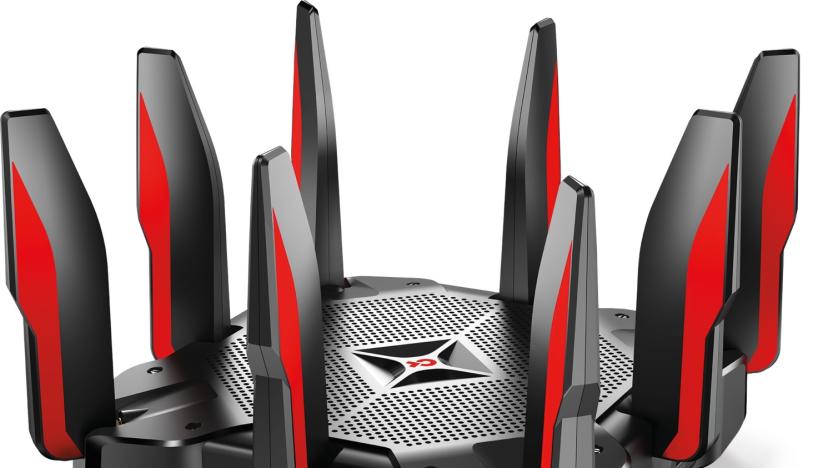
TP-Link's latest WiFi router is a gaming beast
TP-Link has unveiled its most powerful gaming router yet, and it's jacked. The Archer C5400X features 1.8 GHz 64-bit quad-core CPU, three co-processors and 1 GB RAM to reach WiFi speeds up to 5400 Mbps over one 2.4 GHz (1000 Mbps) and two 5 GHz (2167 Mbps) bands. And it comes with three WiFi bands, eight Gigabit LAN ports and one Gigabit WAN port. In other words, it's a superfast monster. Eye-watering specs aside, look at it. Look at those antennae. This isn't a router you want to shove behind the TV. Get it at Amazon, Newegg, Fry's Electronics and Micro Center for $400.

Qualcomm's 7nm Snapdragon chip will be ready for 5G phones
Qualcomm is keeping up its habit of using bleeding edge manufacturing for its mobile processors. The chip designer has confirmed that its "upcoming flagship mobile platform" will include a system-on-a-chip (read: the next Snapdragon) built using a faster, more efficient 7-nanometer process. You won't hear details about the chip itself until the fourth quarter of the year, but it will play nicely with the Snapdragon X50 5G modem -- conveniently, just in time for the arrival of the first mobile 5G networks.
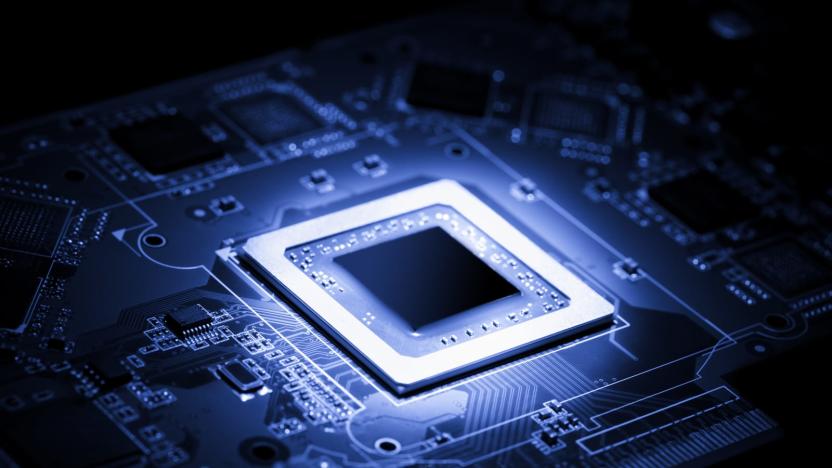
ARM says its next processors will outperform Intel laptop chips
ARM-based laptops have been pretty pokey to date, but you might have a different impression of them in a year or two. The company has offered a rare peek at the performance expectations for its future processor architectures, and the figures might make Intel nervous. While ARM already believes that its recently unveiled Cortex-A76 is competitive with Intel's 2.6GHz Core i5-7300U, it expects its 2019 "Deimos" and 2020 "Hercules" designs to clearly outperform that CPU. You would get "laptop-class" speed from a more efficient mobile chip, according to the company.

Intel's first 9th-generation Core processors may arrive October 1st
Intel is still struggling to make 10-nanometer chips, but it might still have a few surprises up its 14nm sleeve. WCCFTech claims to have leaked data revealing that Intel will launch its 9th-generation Core desktop processors on October 1st, starting with unlocked models that could make the company's eight-core performance more accessible. The highlight for many would be the Core i9-9900K, the first mainstream desktop Core i9 chip -- you wouldn't have to pay a fortune for an X-series or Extreme Edition CPU. It would tout a 3.6GHz base clock speed, but could boost to 4.7GHz with all eight cores (5GHz with one or two cores) and support up to 16 code threads.
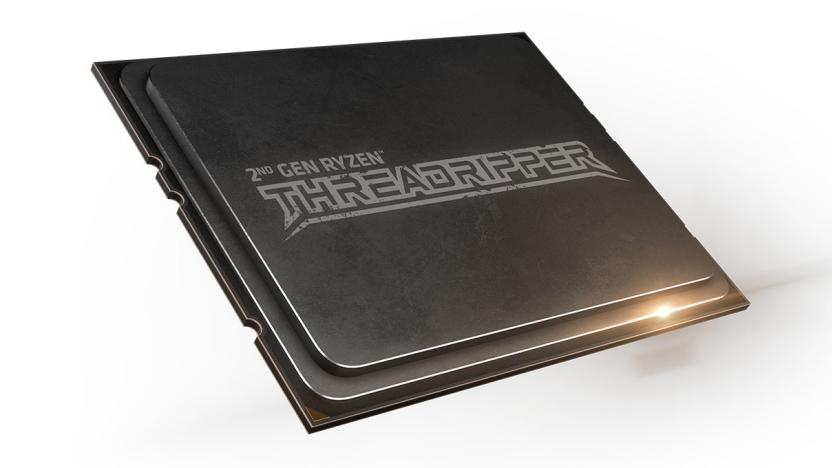
AMD's wild 32-core Ryzen Threadripper chip goes on sale
There's good news for graphics pros: AMD's 32-core, 64-thread Ryzen Threadripper 2990WX chip unveiled in June is now up for pre-order. The 2nd-generation chip is built using AMD's 12-nanometer Zen+ core architecture, and works with existing X399 AMD motherboards. The company said it's aimed mainly at "creators, developers and PC enthusiasts" who use software apps like Adobe's Creative Cloud suite that can profit from multi-threaded CPUs.

Apple's slim MacBook Pro design could be holding back its i9 CPU
The 2018 15-inch MacBook Pro lets you crank up the processor power by swapping in an Intel 2.9GHz six-core Core i9 CPU for an extra $300. But the chip seems to be struggling when it's handling power-hungry tasks, to the point where the average clock speed is vastly below the advertised performance of the CPU. Some tests even showed that it fared worse than the i7 model.

New Snapdragon chips bring dual cameras to more mid-tier phones
With certain exceptions, mid-range smartphones haven't been keeping pace with the bells and whistles of higher-end handsets -- you can still expect 'just' a single rear camera and 1080p video recording. Qualcomm might soon fix that. It's launching the Snapdragon 632, 439 and 429 systems on a chip, all of which promise to make dual cameras (plus a few other features) more commonplace.

'Snapdragon 1000' chip may be designed for PCs from the ground up
Qualcomm's Snapdragon 850 processor may be intended for PCs, but it's still a half step -- it's really a higher-clocked version of the same processor you'd find in your phone. The company may be more adventurous the next time, though. WinFuture says it has obtained details surrounding SDM1000 (possibly Snapdragon 1000), a previously hinted-at CPU that would be designed from the start for PCs. It would have a relatively huge design compared to most ARM designs (20mm x 15mm) and would consume a laptop-like 12W of power across the entire system-on-a-chip. It would compete directly with Intel's low-power Core processors where the existing 835 isn't really in the ballpark.

The Snapdragon 710 will add flagship features to mid-range phones
Expensive flagship phones won't be the only way for you to play with advanced features like AR Emoji, Animoji and Face ID much longer. Qualcomm is making it easier for companies to create mid-range smartphones that pack those functions by launching a new mobile processor. The Snapdragon 710 will come with a multi-core AI Engine and support neural network processing, as well as image signal processors and graphics units that are typically found in higher-end chipsets. The 710 is the first of the 700-series, which was announced at MWC this year, and will sit above options like the 600- and 400-ranges but below top-tier chips like the Snapdragon 845.
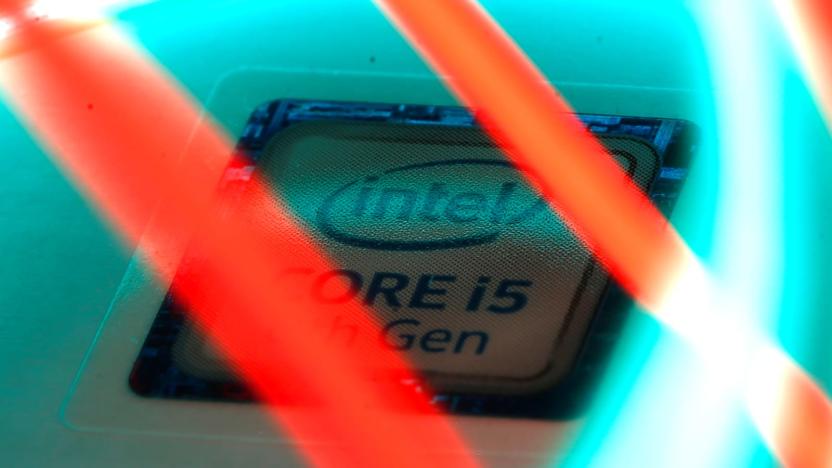
Intel details fourth Spectre-style CPU security flaw
Intel said it was expanding its bug bounty program to help find more Spectre-like processor security flaws, and unfortunately it just found one. The company (along with Google and Microsoft) has disclosed a fourth exploit (simply titled Variant 4) that once again uses speculative execution to expose some data through a side channel. The attack is so far known to work in a "language-based runtime environment" like the sort you'd see in a web browser (say, JavaScript), although Intel hadn't seen evidence of successful browser-based exploits.

ZTE faces bleak future after US ban prevents it from making phones
ZTE's future is increasingly murky after the company's main business ground to a halt. The Chinese firm is unable to make its smartphones after the US blocked it from working with American suppliers, most notably Qualcomm. ZTE has appealed the seven-year export ban, which the US government revived last month.
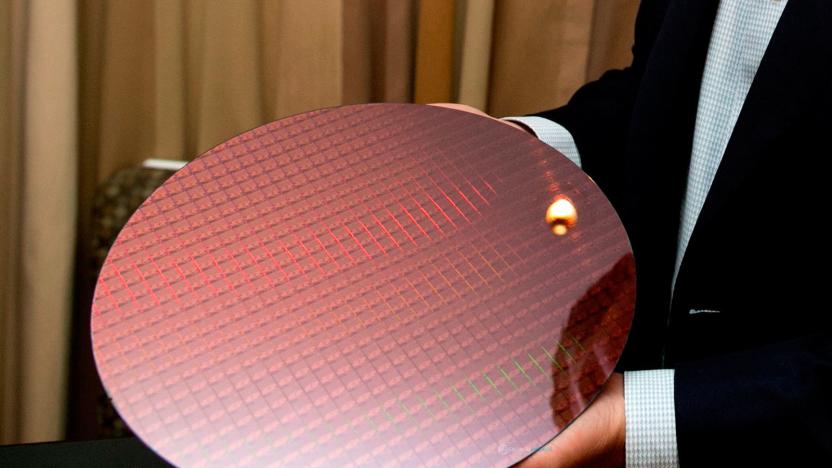
Intel delays its 10-nanometer 'Cannon Lake' CPUs yet again
Intel has announced that, once again, mass production of its 10-nanometer "Cannon Lake" chips will be delayed. The company is already shipping the chips in low volumes (though no one knows to whom at this point), but said it "now expects 10-nanometer volume production to shift to 2019 [rather than the end of 2018]." It announced the move in its first quarter earnings report, which saw it collect a record $16.1 billion in revenue and $4.5 billion in profit, a 50 percent jump over last year.

Intel's new malware scanner will be easier on your CPU
Since the full impact of Spectre and Meltdown became clear earlier this year, Intel has been making a big effort to reassure its customers that security is its top priority. To that end, the company has announced Intel Threat Detection Technology (TDT), which aims to fortify against malicious attacks without affecting CPU performance.

Qualcomm designed new chipsets just for IoT gadgets
Instead of continuing to repurpose existing processors for smart home devices, Qualcomm has unveiled two new chipsets built specifically for IoT gadgets. The QCS605 and QCS603 are 10nm system-on-chips (SoCs) that will power things like 360-degree cameras, robot vacuums and smart displays from companies like Ricoh Theta and Kedacom. Qualcomm also launched a Vision Intelligence Platform today that provides frameworks like the company's AI Engine, and the Snapdragon Neural Processing Engine (NPE) to enhance on-device machine learning. It'll also offer SDKs for camera processing and computer vision so that companies who buy these processors can more easily create applications for their products.

Snapdragon 700 brings AI acceleration to lower-cost phones
There's long been a conspicuous feature gap between Qualcomm's mobile processors: You typically have to choose between a do-it-all beast like the Snapdragon 845 or settle for the good-enough features of midrange parts like the Snapdragon 600 series. The company is trying to bridge that divide today. It's introducing the Snapdragon 700 series, which promises some of the features from the 800 line without the pricey hardware. It's providing only a handful of details as we write this, but they'll give you an idea of what to expect.
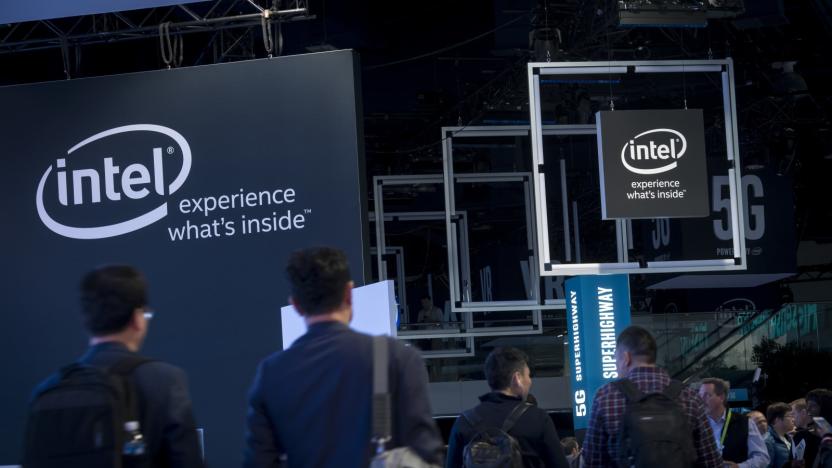
Intel expands bug bounty to catch more Spectre-like security flaws
To say Intel was caught flat-footed by the Meltdown and Spectre flaws would be an understatement. However, it has a potential solution: enlist more people for help. It's widening its bug bounty program to both include more researchers and offer more incentives to spot Meltdown- and Spectre-like holes. The program is now open to all security researchers, not just by invitation, and includes sweeter rewards for discovering exploits. You now get up to $100,000 for disclosing general security flaws, and there's a new program dedicated to side channel vulnerabilities (read: issues like Spectre) that offers up to $250,000 through December 31st, 2018.

ARM's latest processors are designed for mobile AI
ARM isn't content to offer processor designs that are kinda-sorta ready for AI. The company has unveiled Project Trillium, a combination of hardware and software ingredients designed explicitly to speed up AI-related technologies like machine learning and neural networks. The highlights, as usual, are the chips: ARM ML promises to be far more efficient for machine learning than a regular CPU or graphics chip, with two to four times the real-world throughput. ARM OD, meanwhile, is all about object detection. It can spot "virtually unlimited" subjects in real time at 1080p and 60 frames per second, and focuses on people in particular -- on top of recognizing faces, it can detect facing, poses and gestures.

Intel's all-in-one Xeon chip will speed up car connectivity
Intel's Xeon chips normally reside in distant server rooms or brawny workstations. But that's not ideal for the modern internet, where connected cars, VPNs, streaming video and other tech frequently needs computing power somewhere in between. That's where its newly launched Xeon D-2100 processor might come into play. The system-on-a-chip is designed to bring the performance of a Xeon to the "edge" of a network, where that extra speed might be more effective. It includes up to 18 cores and the requisite hooks for four 10Gbps Ethernet ports, but uses 'just' 60W to 110W of power. In other words: you could tuck some of these into a local office without the demands that normally come with server chips.
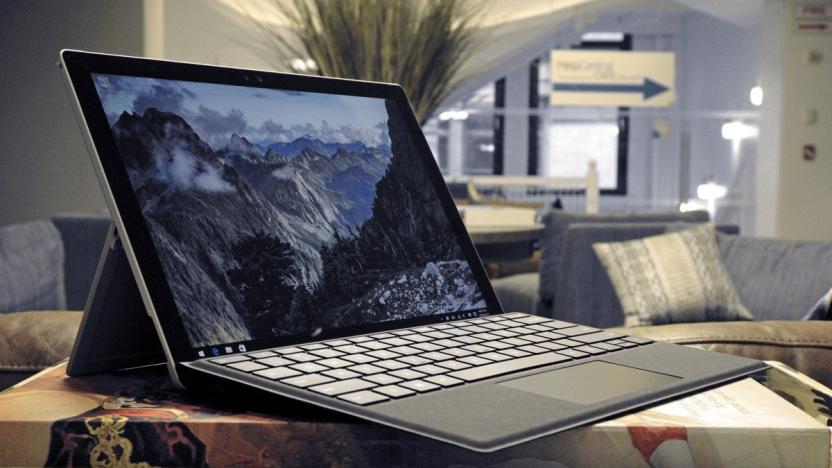
Microsoft's new Windows 10 Spectre patch disables Intel's 'fix'
Intel recently admitted that its latest patch for "Spectre" was essentially worse than the bug it was supposed to fix, as it was causing computers to spontaneously reboot. Now, Microsoft has taken action by issuing an out-of-band patch for Windows 7, 8.1 and 10 that disables that fix for Spectre variant 2. If you're experiencing the problem you'll need to download the update, as it won't yet install automatically.

Intel told Chinese firms of Meltdown flaws before the US government
Intel may have been working with many tech industry players to address the Meltdown and Spectre flaws, but who it contacted and when might have been problematic. Wall Street Journal sources have claimed that Intel initially told a handful of customers about the processor vulnerabilities, including Chinese tech companies like Alibaba and Lenovo, but not the US government. While the chip giant does have to talk to those companies to coordinate fixes, the Chinese government routinely monitors conversations like this -- it could have theoretically exploited the holes to intercept data before patches were available.




